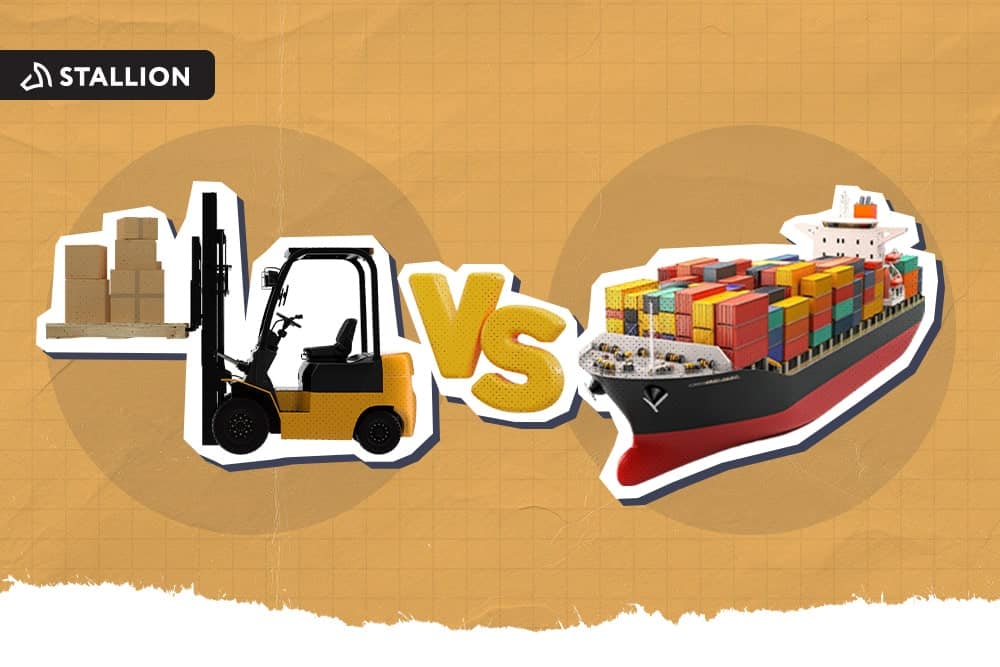
Many eCommerce businesses in Canada interchange cargo vs shipment more times than you can count. But are they actually the same thing?
This simple guide breaks down the differences between cargo and shipment. Not only that, but we will also discuss the types of each and how Canadian sellers like you can simplify your shipping strategy.
Cargo refers to the actual goods you are shipping. It could be anything, including (but not limited to):
If you think of shipping as a process, cargo is "what" you're moving from point A to point B. It's the physical goods that make your business tick.
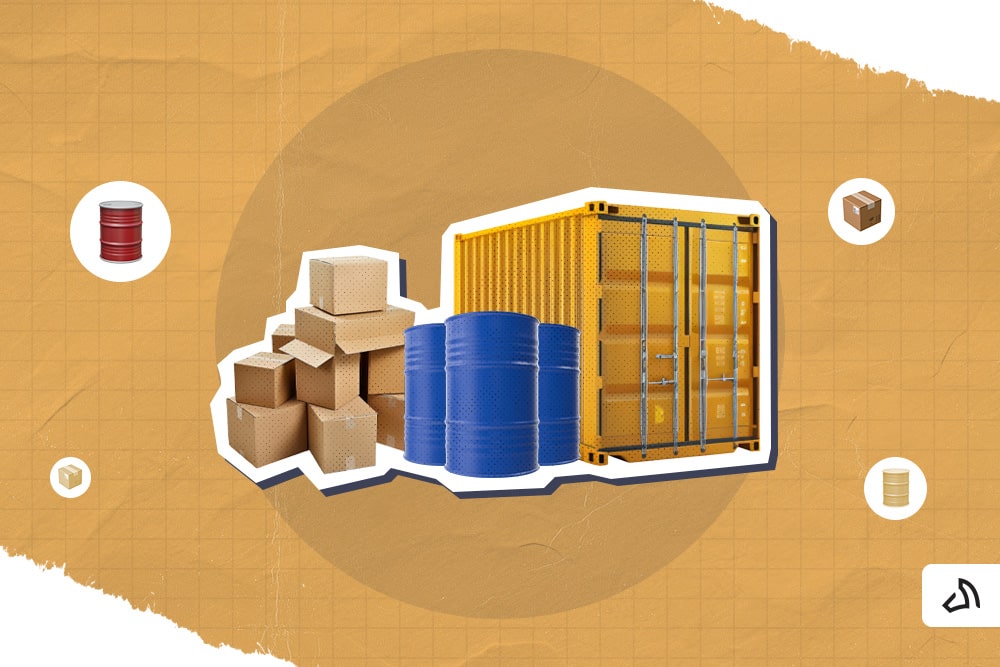
Here's a quick breakdown of the main types of cargo eCommerce sellers might encounter:
A shipment is the process of moving your cargo. It includes certain steps, such as:
In short, it's the "how" of getting your goods delivered.
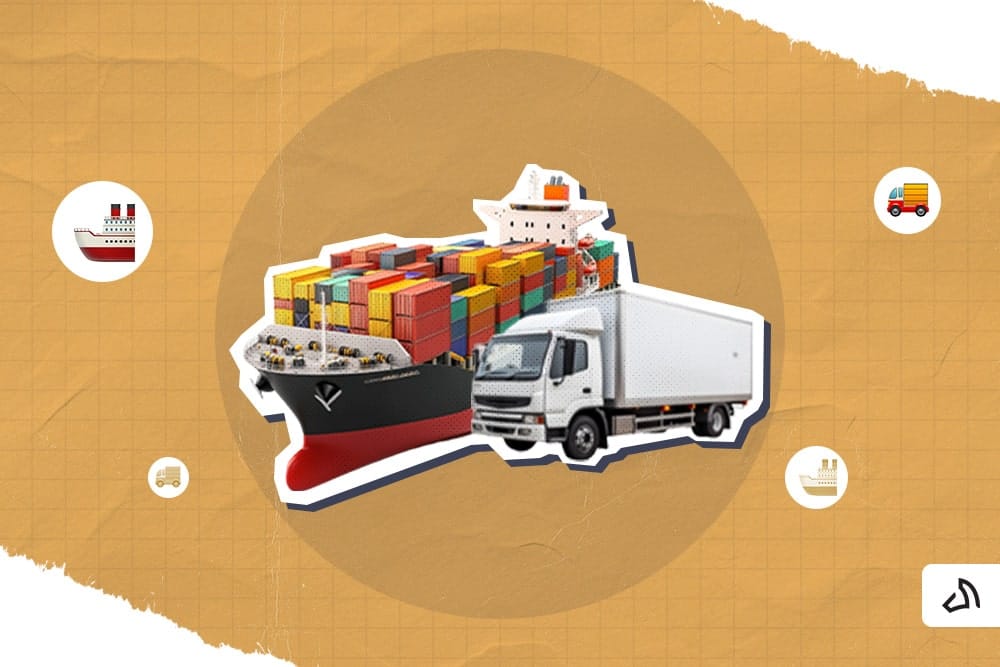
When it comes to getting your products from one location to another, not all shipments are the same. Depending on what you're sending and where it's going, there are different shipment types to consider.
Here's a quick breakdown to help you choose the right one for your business:
Parcel delivery is the most common type for online sellers. It covers small, lightweight packages with goods being transported through carriers, such as Canada Post, FedEx, or UPS. This typically includes individual customer orders.
It’s usually fast, reliable, and easy to track. If you’re shipping orders daily from your store, you’re likely using this mode of transportation most of the time.
FTL means your shipment takes up the entire truck. It’s ideal for large orders or bulk inventory restocks where you need the whole truck to yourself. It’s faster than sharing space with others and often more secure since your goods aren’t being handled multiple times along the route.
LTL shipping is when your shipment shares truck space with cargo from other businesses. It’s a great, cost-effective option if you don’t have enough goods to fill a truck on your own. It can be slower than FTL because the truck makes multiple stops. However, it's ideal for medium-sized shipments that don't need express delivery.
It is for larger, heavier shipments that can't go through standard parcel services. If you're importing or exporting large quantities of product, you'll be working with cargo and freight services. This includes options like air freight for faster delivery.
In many cases, freight forwarding helps coordinate the entire process, making shipping more efficient and manageable.
Intermodal
Intermodal shipping uses more than one mode of transport to move goods. Simply put, it's like a combination of rail and truck. It's an efficient, cost-saving method for longer distances, especially when moving shipments across provinces or international borders.
It also helps reduce handling and can be more environmentally friendly.
Also Read: Types of Shipping Methods in Canada
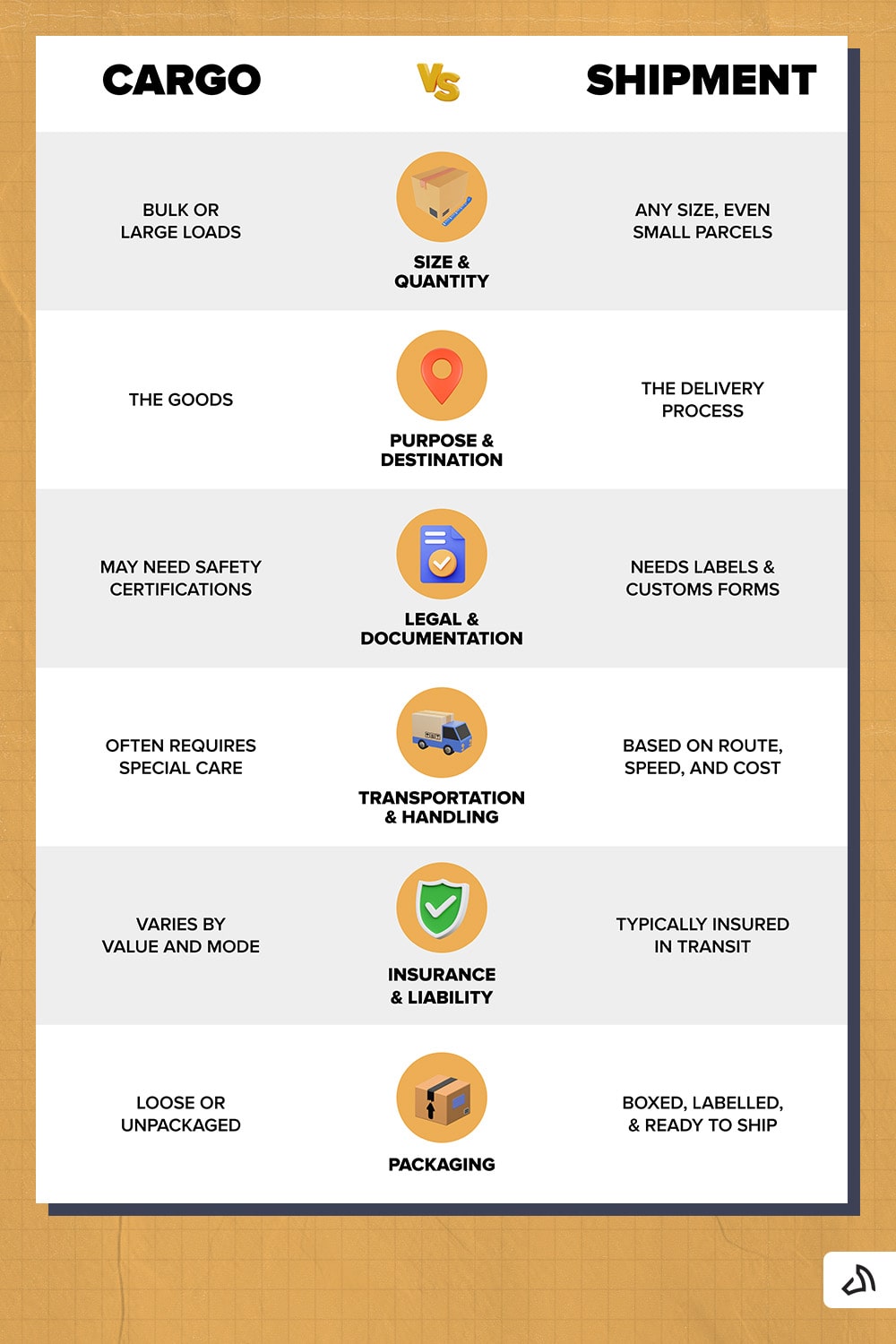
Not sure whether to call it cargo or a shipment? This quick guide on shipment vs cargo will help you understand the difference and know when to use each term.
The size and quantity highlight the key difference between shipment and cargo. Cargo typically refers to large-scale or bulk goods, like crates, pallets, or containers. On the other hand, a shipment can be of any size, from a single package to a full truckload.
Cargo is the actual goods or merchandise being transported. Meanwhile, shipment refers to the act of sending those goods from point A to point B within the supply chain.
Both need some paperwork to be processed. Shipments require shipping labels and customs forms as part of proper shipment management. Cargo needs safety or handling certificates, depending on what you're shipping.
Cargo requires special handling as part of effective cargo management. Shipments, on the other hand, are planned based on timing, location, and cost.
Since issues are common in any action of shipping, shipments are usually insured during transit. Meanwhile, cargo insurance depends on how valuable the set of goods is and how they're being moved.
Cargo can be loose or bulk. Shipments are usually packed, labelled, and ready to go to the customer.
If you're selling online in Canada, knowing the difference between cargo and shipment isn’t just a "nice-to-know"—it’s essential. It helps you pick the right services, manage costs better, and make sure your packages show up where and when they’re supposed to.
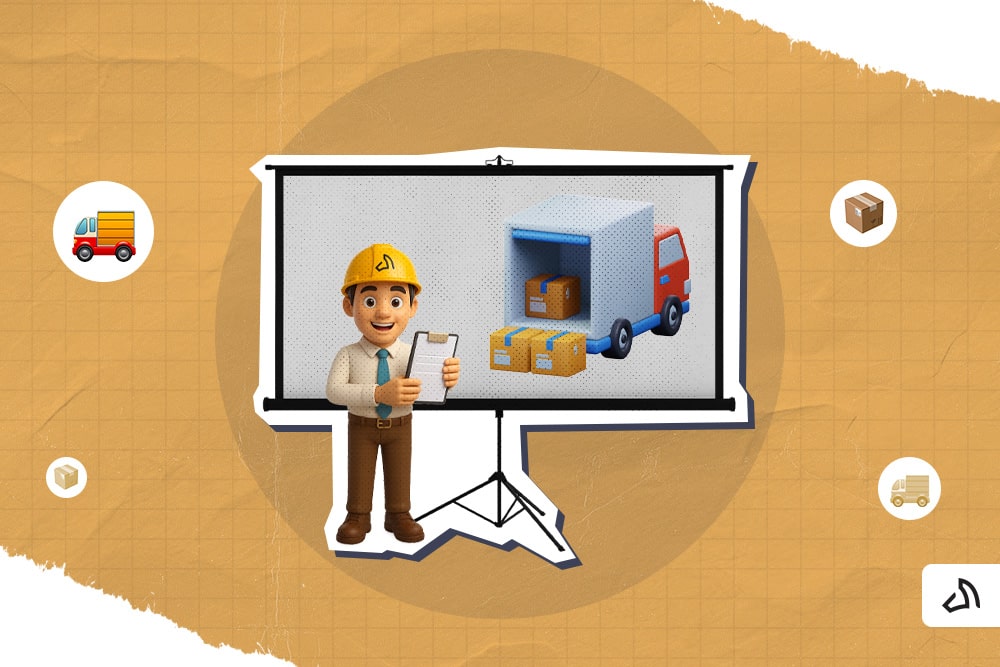
Shipping doesn't have to be a pain. As a trusted 3PL company, Stallion helps Canadian online sellers like you make sense of it all.
Whether you're sending orders within Canada or managing large freight going to the US, we've got your back—with solutions designed to boost customer satisfaction at every step.
We provide:
Let us take the shipping stress off your plate—get started with Stallion today.

Jose is Stallion's Senior Business Analyst. He helps improve the company’s shipping processes, works closely with delivery partners, and looks at shipping data to find the best prices for our customers. Outside of work, Jose has a passion for running, regularly completing 5k and 10k runs, with the goal of running a full marathon in the near future.
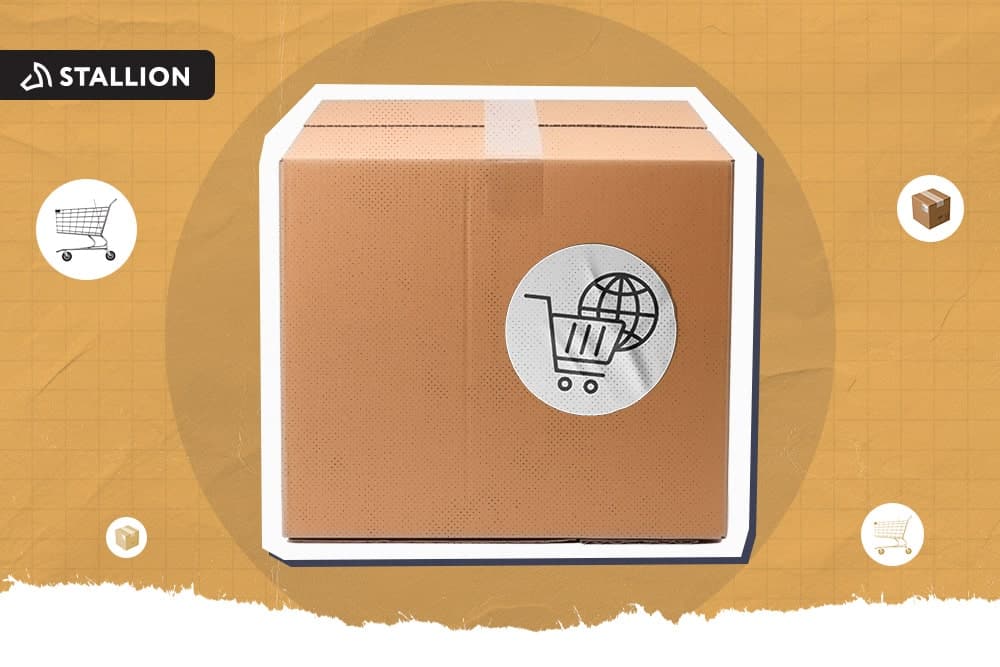
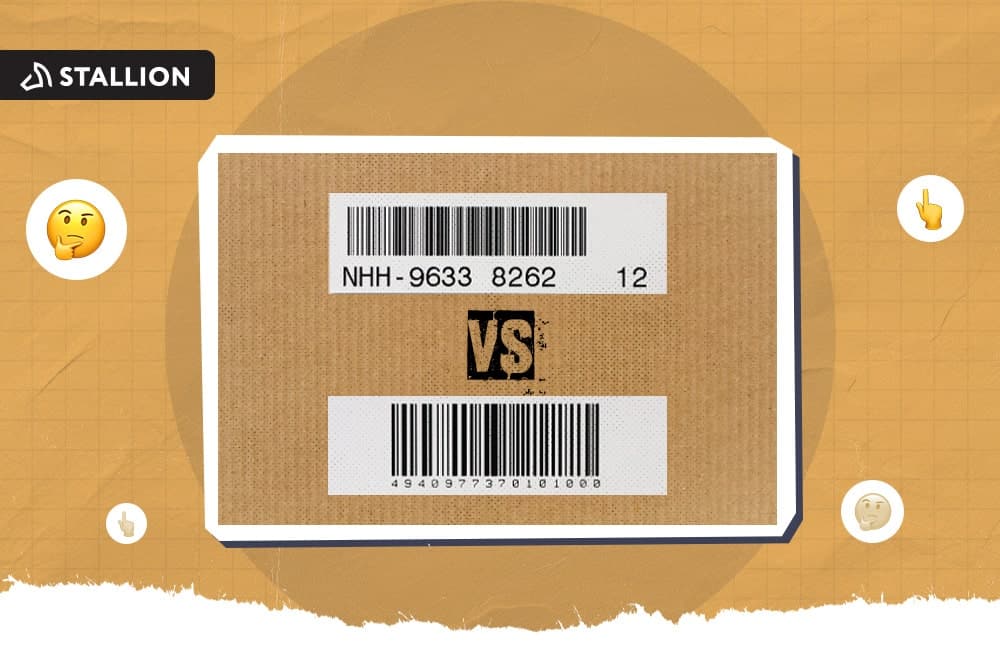

Can our fellow Torontonians relate?
-
#smallbusiness #business #entrepreneur #socialmedia #shipping #ecommerce #canadianecommerce #shopify #poshmark #b2b #saas #etsy #ebay #canada #canadiansmallbusiness #shoplocalcanada #entrepreneur
#toronto

Here’s your quick hassle free shipping from 🇨🇦 to 🇺🇸 as a business owner!
-
Any questions?! Leave them 👇🏻 and save this video so you don’t forget!
-
#smallbusiness #business #entrepreneur #socialmedia #shipping #ecommerce #canadianecommerce #shopify #poshmark #b2b #saas #etsy #ebay #canada #canadiansmallbusiness #shoplocalcanada #entrepreneur

Meet @drinkbenny a 🇨🇦 female founded energy drink brand! Instead of focusing on their products, they’re taking a unique approach by hosting in person events in different Canadian cities to offer an experience for their community 🧡
-
What are your thoughts on in person events? 💭
-
#smallbusiness #business #entrepreneur #socialmedia #shipping #ecommerce #canadianecommerce #shopify #poshmark #b2b #saas #etsy #ebay #canada #canadiansmallbusiness #shoplocalcanada #entrepreneur

Do you know the difference between DDU and DDP when shipping internationally 🌏 ?
-
Questions? Leave them below! 👇🏻
-
#smallbusiness #business #entrepreneur #socialmedia #shipping #ecommerce #canadianecommerce #shopify #poshmark #b2b #saas #etsy #ebay #canada #canadiansmallbusiness #shoplocalcanada #entrepreneur

Here’s a quick hack to save time from choosing multiple postage options
↪️ Turn on the lowest postage rate automation to save you time!
-
Questions? Leave them below! 👇🏻
-
#smallbusiness #business #entrepreneur #socialmedia #shipping #ecommerce #canadianecommerce #shopify #poshmark #b2b #saas #etsy #ebay #canada #canadiansmallbusiness #shoplocalcanada #entrepreneur
